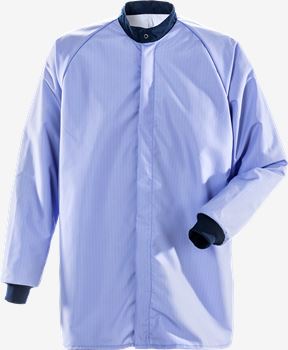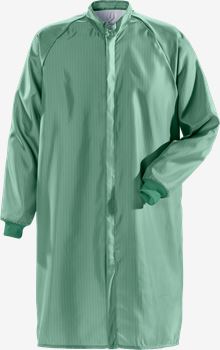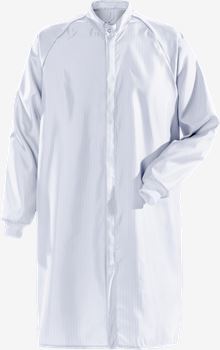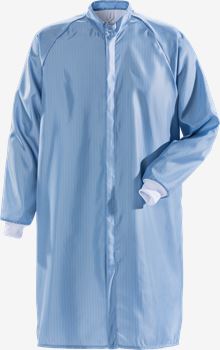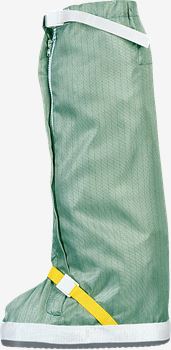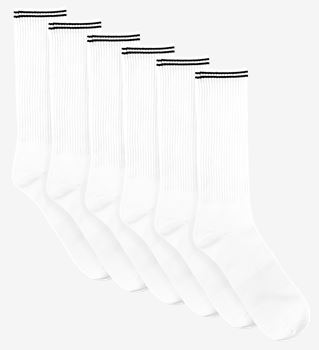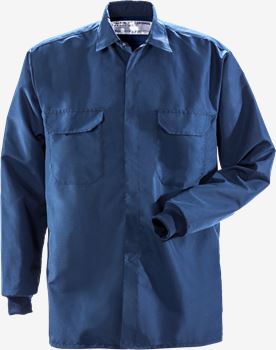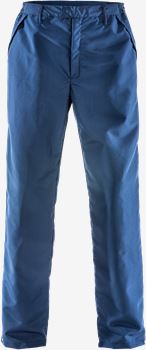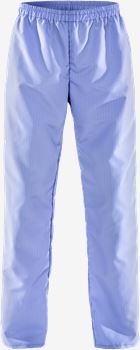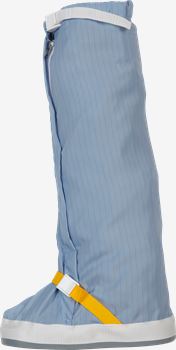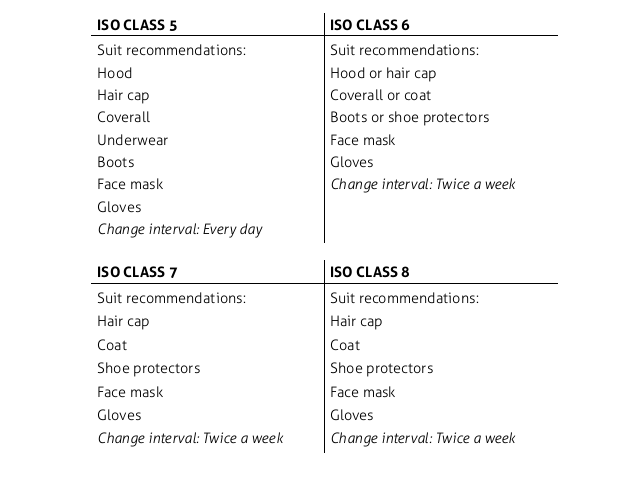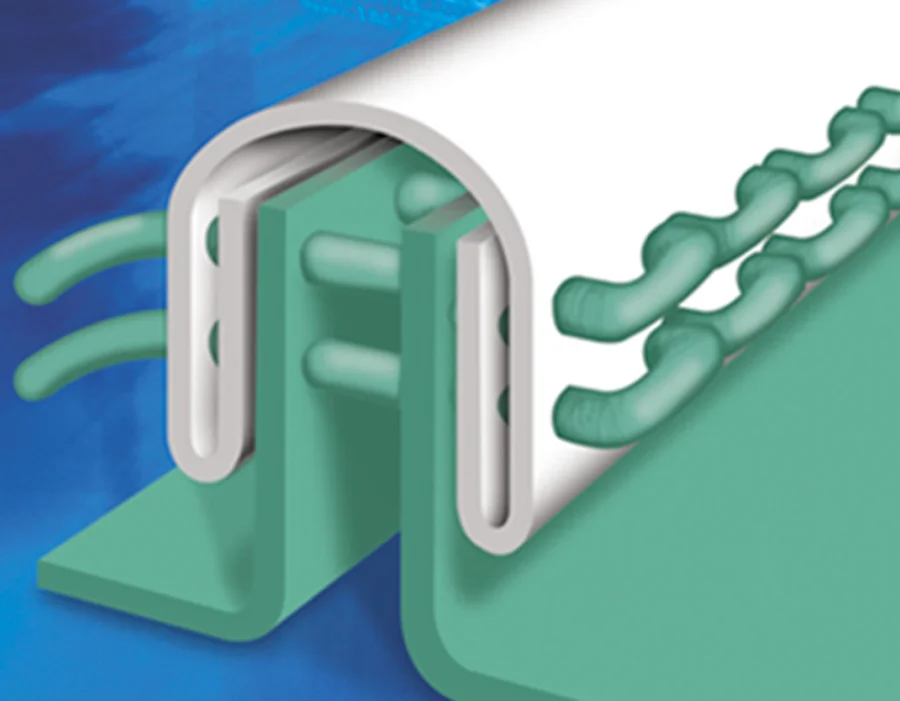
Cleanroom
Humans are the largest source of particles in a clean room. Depending on motion, the human body emits somewhere between 100,000 and tens of millions of particles per minute. Our Cleanroom garments meet the demands and provide maximum comfort when working in cleanrooms as well as other controlled environments, such as spaces for vehicle spraying.
After World War II, technical development exploded, but this was soon accompanied by problems. Planes flew off course, computers lost memory, hospital infections increased and car traffic sometimes came to a standstill because the traffic lights refused to change from red to green. It was discovered that the cause of this was the pollutants built in during the manufacture of technical equipment and medical devices. The smaller the components people tried to use, the worse the problem got. The first cleanrooms were built in the 1960s, and with the aid of a constant flow of air filtered through what is known as a HEPA (high-efficiency particulate air) filter, it was possible to successfully lower and control particle levels in a very effective manner. Standards such as US Federal Standard 209 were also established in order to guarantee quality.
The problems start when you put equipment in it – and people to handle the equipment. People give off hundreds of thousands of particles in the form of skin cells, micro-organisms, hair and so forth every minute, and the more we move, the more particles we give off. In practice, this means we need to put filters around the human body to prevent particles from entering the air.
Fristads has manufactured clothing for cleanrooms and controlled environments since 1996.
Our bound seam is a refined version of the standard bound. It is denser because the hem is like a hood. It is stronger because each row of double stitching passes through six layers of fabric. It is safer because the carbon filaments woven into the hem produce good electronic discharge, even after repeated washes.
Workwear for cleanrooms must not give off particles or fibres. Cotton and other natural materials are woven from short fibres that detach easily and are therefore unsuitable. Cleanroom clothes consist of synthetic fibres – filament polyester, i.e. endless fibres.

